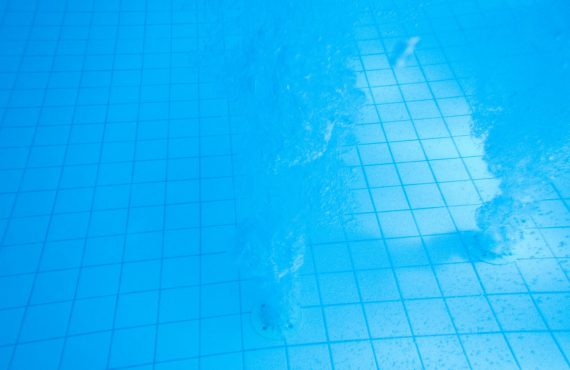A resident notified a nurse that she would like to speak with her daughter who was an RN. She was having trouble breathing, so the nurse asked her to sit forward, and within one minute she became limp and unresponsive. Her respiratory rate was shallow, and the nurse put on the call light and received assistance from all available staff. The resident was moved to her bed and chest compressions were started. The emergency medical squad (EMS) was contacted and when they arrived the chest compressions were stopped. The EMS was not able to get a blood pressure reading, and there were no respirations nor was the resident’s chest rising and falling. The EMS then determined the time of death. The nurse indicated that she did not use the defibrillator (AED) because she could not find the pads. The exact cause of death was not determined, and it is not known whether the use of the AED would have been beneficial.
The family and the physician were notified, and witness statements were gathered from all staff involved. The pads to the AED were attached to the machine, but were covered. The machine tells the operator to first pull the cover off, but in the heat of the moment the nurse did not listen to the machine. The facility’s nurses HR files were reviewed for CPR certification. Code drills were scheduled monthly for six months and are continuing on a quarterly basis.
All nurses and van drivers were trained in AED use. Also, CPR and AED use were added to orientation education. Audits of drills were submitted to QAPI for review and recommendation.






























































